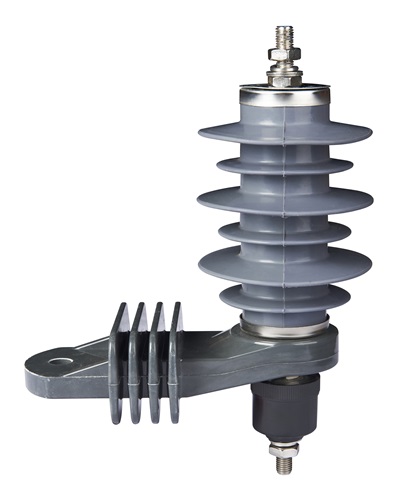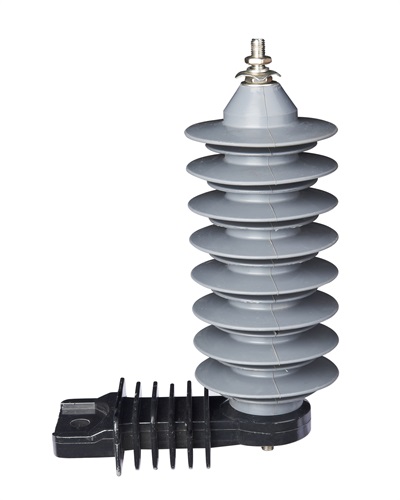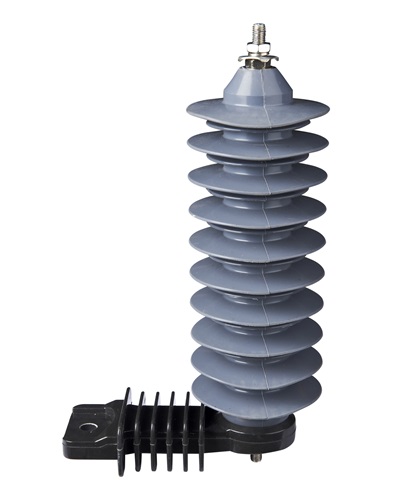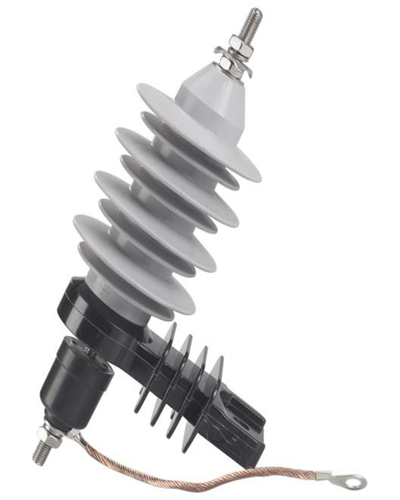Author: Mao Yu Hai
Recently, plastic radiators have also attracted people's attention. Materials with good thermal conductivity are usually materials with good electrical conductivity. In turn, plastics with poor electrical conductivity must have poor thermal conductivity. This is inevitable. So obviously metal is better than plastic. In fact, it is the same. So, isn't plastic used as a radiator? Not so!
Recently, a variety of thermal conductive plastics have been developed internationally, and most of the materials are based on engineering plastics and general-purpose plastics, such as PP, ABS, PC, PA, LCP, PPS, PEEK, and the like. The plastic is then filled with certain metal oxide powder, carbon, fiber or ceramic powder. For example, polyphenylene sulfide (PPS) can be mixed with large-particle magnesium oxide (40-325 mesh) to form an insulating heat-conductive plastic. Typical thermal conductivity ranges from 1-20 W/mK and some grades can reach 100 W/mK. This value is about 5-100 times that of traditional plastics. The thermal conductivity of general plastics is only 0.2 W/mK. However, if too much metal powder is added in order to obtain high thermal conductivity, it becomes conductive. It can not be applied in some occasions. The performance of some thermal conductive plastics from Coolploy in the United States is as follows.
E4505 (PC): Thermal Conductivity 10w/mk Thermal Conductive Applications: Enclosure and Radiator D5108 (PPS): Thermal Conductivity 10w/mk Thermal Insulation Application: Board/Chip D5506 (LCP): Thermal Conductivity 10w/mk Thermal Insulation Application: Board / Chip D8102 (TPE): Thermal Conductivity 3w/mk Thermal Insulation Application: Interface E5101 (PPS): Thermal Conductivity 20w/mk Thermal Conductive Applications: Radiator
So why can thermal plastics be made into heat sinks? Can its heat dissipation be compared to traditional aluminum radiators? Perfect, even better!
We know that any heat sink, in addition to being able to quickly transfer heat from the heat source to the surface of the heat sink, still relies on convection and radiation to dissipate heat into the air. The high thermal conductivity solves the problem of fast heat transfer, and the heat dissipation is mainly determined by the heat dissipation area, shape, natural convection and heat radiation, which are almost independent of the thermal conductivity of the material. So as long as there is a certain heat transfer capacity, the plastic radiator can still be a good radiator!
Generally speaking, if the distance from the heat source to the surface of the heat sink is less than 5 mm, as long as the thermal conductivity is greater than 5, the heat dissipation is dominated by convection, and at this time, conduction heat dissipation has no effect. This can be seen from the curve below.
Figure 1. Relationship between thermal conductivity and conduction convection heat dissipation
The relationship between thermal conductivity and conduction convection heat dissipation is given in Figure 1. In the figure, the abscissa is the thermal conductivity and the ordinate is the temperature difference between the heat source and the environment. The curves for the various colors are the distance between the heat source and the surface of the heat sink. If the distance is less than 5mm (green curve), as long as the thermal conductivity is greater than 5, its heat dissipation capacity is completely determined by convection. The smaller the temperature difference and the smaller the distance, the less important the thermal conductivity is.
And for an ideal good heat sink, about 70% of the heat is convective heat, and 30% of the heat is radiated by radiation.
The heat dissipation capability of the heat-conductive plastic is not inferior. Below are the thermal emissivity of various materials.
material | steel | cast iron | aluminum | copper | Black plastic |
Polished without oxidation | 0.05-0.1 | 0.3 | 0.02-0.1 | 0.06 | 0.8-0.9 |
Rough oxidation | 0.5-0.6 | 0.75 | 0.3-0.4 | 0.5 | |
Severe oxidation | 0.8-0.95 | 0.8-0.95 | 0.4-0.45 | 0.8 |
So it can be said that if two radiators of the same shape are identical, one is made of aluminum and the other is made of heat-conductive plastic. If the radiator made of aluminum is not blackened, its heat dissipation capability is not comparable to that of black thermal plastic. Into the radiator! Because the convection heat dissipation of the two is the same, and the radiation heat is better with plastic!
Take the example of a heat-dissipating plastic from Shanghai Hefu New Materials Co., Ltd. The specifications of this material are as follows:
Compared with commonly used aluminum heat sinks, there are other advantages to the plastic heat conductive material.
Cast aluminum radiator | Thermal engineering plastic | |
Thermal conductivity | Higher | Relatively low metal |
heat radiation | general | Quite good |
Insulation performance | Not insulated | Excellent insulation |
Processing methods | Die casting , casting , drawing | Injection molding |
And LED connection | Mechanical connection, bonding, welding | Mechanical connection, bonding, welding |
Processing temperature | >500 degrees | >250 degrees |
Secondary processing | need | No need |
System cost | medium | Higher |
Compared with traditional materials, thermal conductive polymers have higher flexural and tensile stiffness, but have poor impact strength, and their inherent low coefficient of thermal expansion can effectively reduce part shrinkage.
In fact, it can be considered that its biggest advantage is insulation. Because of its good electrical conductivity, aluminum heatsinks are often a concern for non-isolated power supplies when they pass CE or UL certification. With plastic heat sinks, non-isolated power supplies can be used at the same time without worrying about safety issues.
In addition, its density is lighter than aluminum. The density of aluminum is 2700kg/m3, while the density of plastic is 1420 kg/m3, which is almost half of that of aluminum. Therefore, the heat sink of the same shape has a weight of only 1/2 of that of aluminum. Moreover, the processing is simple, and the molding cycle can be shortened by 20-50%, which reduces the pressure of cost.
The picture below shows an LED bulb made by a company in Shanghai using a heat-conducting plastic case radiator. It can dissipate about 8 watts of power. This power is already close to the ultimate power of the bulb (9W). If you want to further increase its power, you can only use forced air cooling.
LED bulb for plastic case radiator
The only drawback is that the plastic radiator monovalent expensive, it is not for a large LED to LED lights in the radiator such, only suitable for indoor low-power LED lamps.
Â
Main performance parameters | Therpoxy |
Thermal denaturation temperature | 180 degrees @ 3.2 mm |
Thermal Conductivity | 2.9 W / m. ° |
Surface resistance | >1012 ohms |
Breakdown voltage | 4000 volts |
Flame retardant | UL94 V0@1.3 mm |
Glow wire GWIT | 750 degrees @ 1.3 mm |
The Lightning Surge Arrester is designed for trouble-free power distribution. Polymer Surge Arrester protect transformers, switchgear and other equipment from switching and lightning surges. Polymer specis lighting arrester meet or exceed all requirements of the latest IEC standards and can be selected to match the range of pollution and energy requirements. Polymer Lightning Arrester should be installed in parallel between the line and ground to the transformer or cable termination or other object to be protected. Compared with arresters made of ceramic materials, polymer lightning protection devices can be widely used in medium and high voltage power grids in coastal and heavily polluted areas.
Features
1. Small volume and light weight2. Protecting the shell body from breaking up when the pressure from thermal shock released
3. Easy to tell if the application still work due to its carbonization when shell body flashs over
4. Better performance in high contamination areas
5. Good sealing performance
| MAIN DIMENSIONS AND STANDARD PARTICULARS | |||
| Type | YH10W-11KV | YH10W-24KV | YH10W-33KV |
| Rated Voltage,KV | 11 | 24 | 33 |
| Norminal Discharge Current,KA | 10 | 10 | 10 |
| Max Continuous Operating Voltage,KA | 9.3 | 19.5 | 26.8 |
| Residual Voltage Steep current,KV | 38 | 76 | 104.5 |
| Residual Voltage Switching Surge,KV | 30.8 | 61.6 | 84.7 |
| Residual Voltage Lightning Impulse,KV | 33 | 72 | 99 |
| 4/10μs high current impulse,KA | 100 | 100 | 100 |
| Creepage Distance,MM | 340 | 750 | 900 |
| Weight,KG | 1.62 | 3 | 3.05 |




We warmly welcome friends both domestic and abroad to visit our company, if you have any questions, please contact with us directly.
Lightning Surge Arrester,Polymer Surge Arrester,Polymer Specis Lighting Arrester,Polymer Lightning Arrester
FUZHOU SINGREE IMP.& EXP.CO.,LTD. , http://www.cninsulators.com
